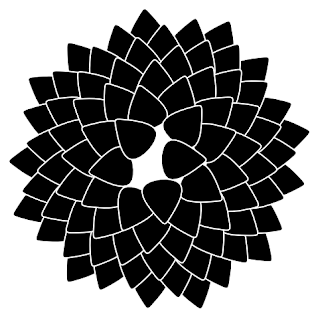
Coffee: San Francisco Bay French Roast beans (Costco)
Adulterated with:
- Kirkland Organic Virgin Coconut Oil
- Kerrygold Pure Irish Butter (unsalted)
- Richi Turmeric Ginger Chai
Grub: homemade chocolate chip cookie (thanks Margaret)
A historical record of one man's aspirations, struggles, and experiments in living artfully and otherwise. Oh yeah, and the search for some decent coffee.
A friend who had pancreatic cancer (and has since passed away) created a campaign to raise awareness and research funds called Purple Stride. I wasn't able to make the walk so I let her know I was thinking of her ...


 |
| Algorithmic Beauty in Plants |